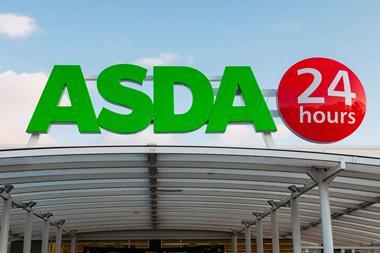- Supermarkets urged to publish results of chicken contamination tests
- Consumer group Which? says it will help stamp out campylobacter food poisoning bug
- Campylobacter is the main cause of food poisoning in the UK
The UK’s leading supermarket chains are being urged by a consumer group to regularly publish the results of their chicken contamination tests.
Which? has written to Britain 10 leading grocers, including Tesco, Sainsbury’s, Asda, Aldi and Lidl, calling on them to take greater responsibility for the testing of food-poisoning bug campylobacter.
The consumer group has insisted that shoppers should be able to see the progress retailers are making through a clearer and more consistent testing regime.
According to figures from the Food Standards Agency (FSA) – the Government’s food watchdog – campylobacter is the main cause of food poisoning in the UK, but the FSA has recently stopped measuring levels of the bacterium found in chicken.
The watchdog is currently working out a new system of checking for the bug, which is believed to be responsible for more than 280,000 cases of food poisoning and around 100 deaths in the UK every year.
However, retailers also carry out their own internal tests and share their findings with the FSA. But only Morrisons and Marks & Spencer regularly make their results available to the public.
‘Dangerously high’ levels
Despite the grocers carrying out their own tests, Which? has claimed that campylobacter levels remain “dangerously high” and has written to retailers to lobby for “greater transparency”.
The consumer group’s director of policy and campaigns Alex Neill said: “We have now reached a vital crossroads in the fight against this potentially deadly bug.
“We believe it is time for much greater transparency from retailers about testing and the extent to which the controls put in place are proving effective.”
In an interview with The Observer, Neill added: “Despite the work by the regulator and the industry to reduce campylobacter in chickens, levels remain too high and it still poses a significant risk to the public.
“The FSA’s target and its regular testing has put the dangerously high levels of contamination in the spotlight and has led to reductions.
“It’s now time for retailers to shoulder greater responsibility for the ongoing testing and they should be publishing their own data in a comparable, consistent way.”




















No comments yet